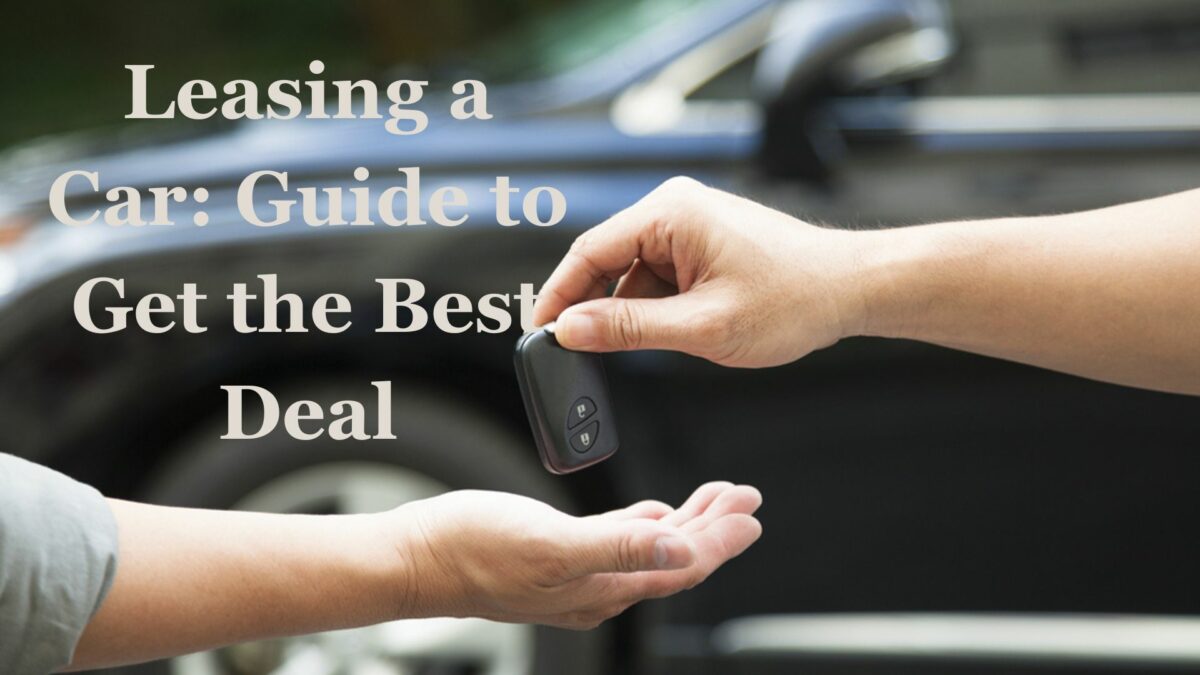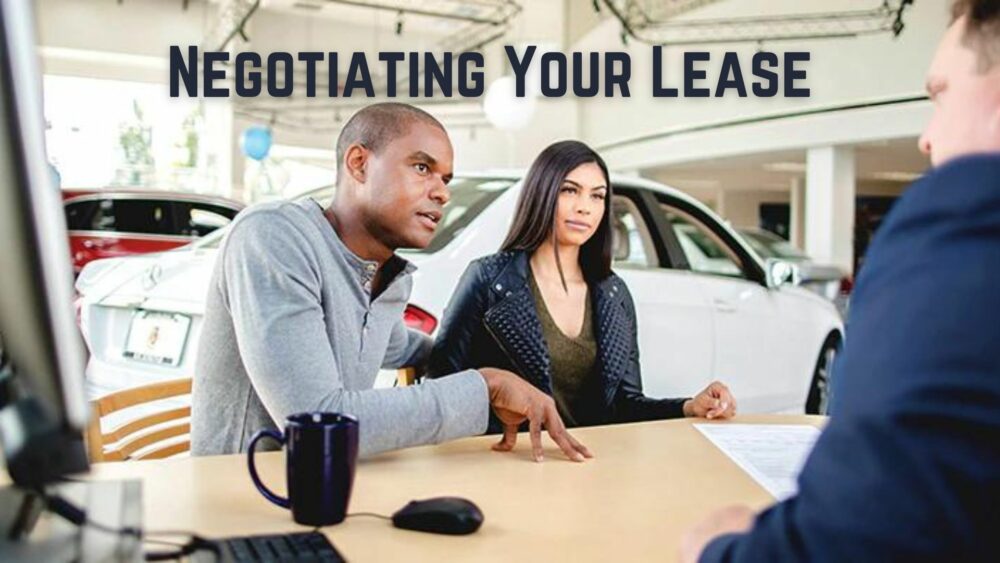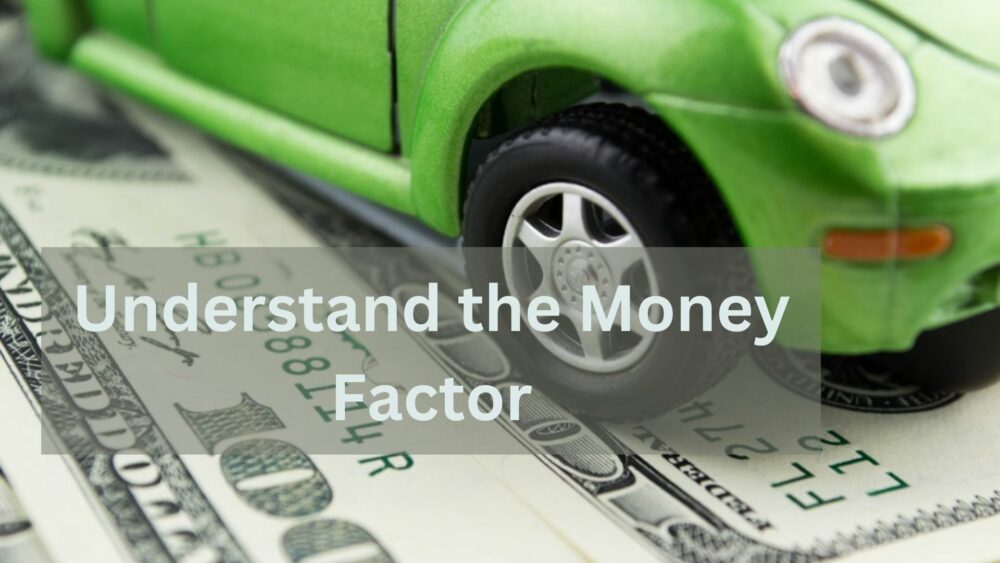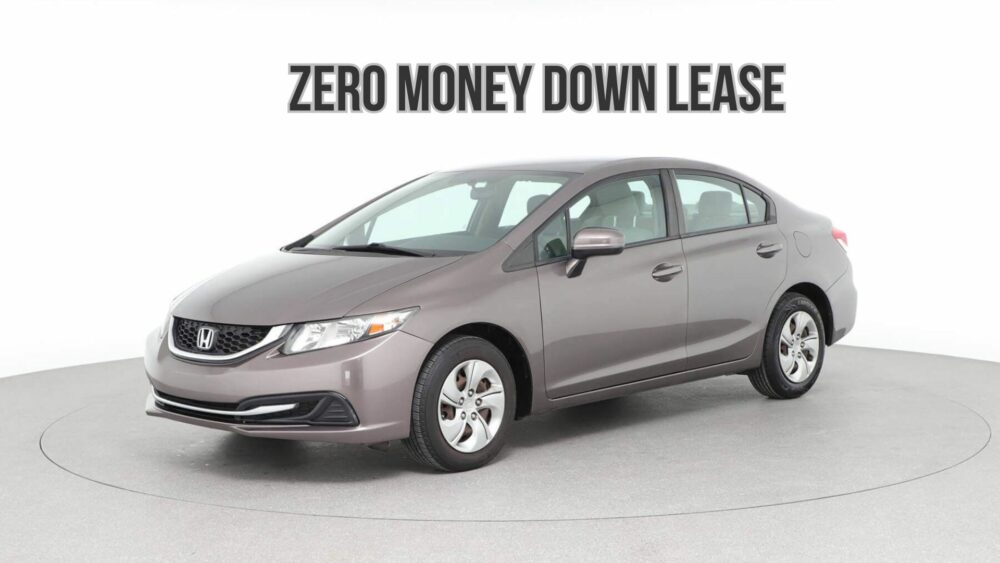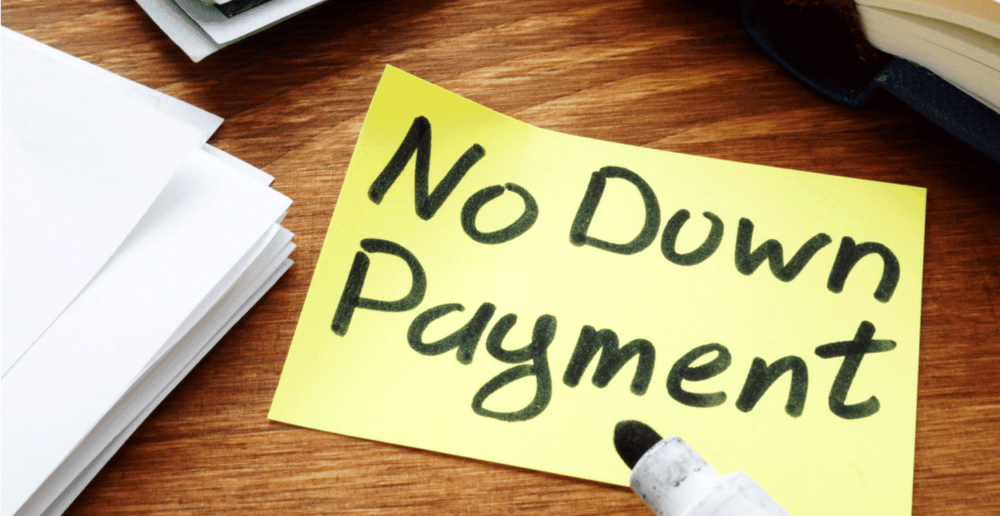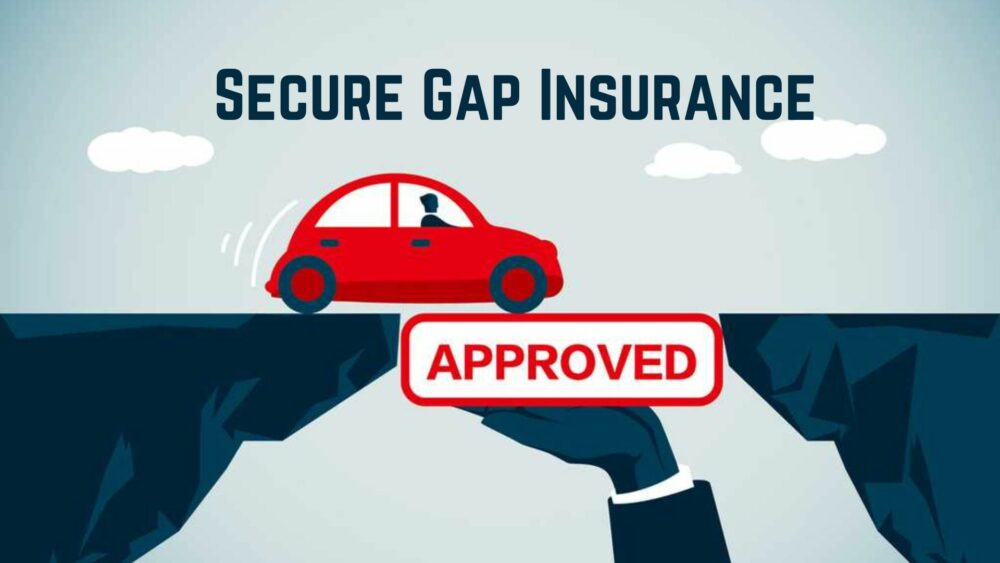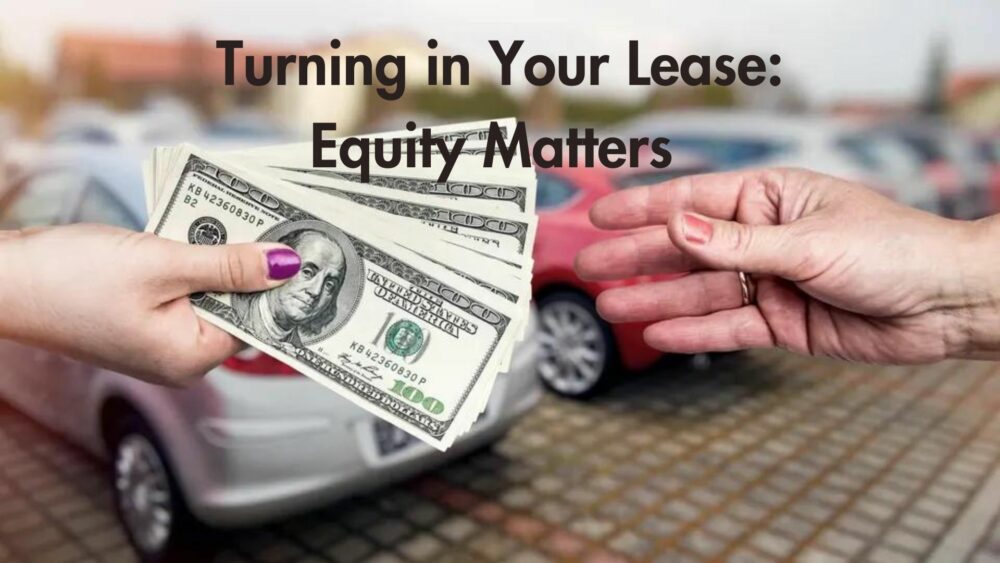Leasing a car can be a smart financial decision if you have a clear understanding of the process and make informed choices. In this comprehensive guide, we will cover everything you need to know about leasing a car to ensure you get the best possible deal. We’ll also provide tips on calculating lease percentages, avoiding down payments, and making informed decisions when your lease ends. By the end of this guide, you’ll be well-equipped to embark on your car leasing journey and secure the best deal possible. Let’s dive in!
Choosing the Right Car: Focus on Residual Value
When selecting a car to lease, it’s essential to consider its residual value. This value represents the expected worth of the car at the end of your lease term. The higher the residual value, the lower your monthly payment will be, as your payment is based on depreciation. Aim for a car with a residual value above 50%, ideally between 55% to 65%, based on the manufacturer’s suggested retail price (MSRP). High residual value ensures a smaller monthly payment, making it a crucial factor when leasing a car.
Don’t Include Your Trade-In with the Lease
Avoid including your current car as a trade-in with your lease deal. This can give the leasing company an upper hand. It’s better to sell your current vehicle to a different dealer before you start shopping for a lease. Get offers from at least five dealers to ensure you get the best price for your trade-in. Keep your trade-in separate from your lease negotiation to avoid complications.
Negotiating Your Lease: It’s All on the Table
Everything in a car lease is negotiable, even though you’re not buying the vehicle. Start by negotiating the sales price, as it sets the foundation for all other costs. Negotiate the lease term (commonly 24, 36, or 48 months) based on your preferences. Pay attention to mileage limits and negotiate them based on your typical annual mileage. Additionally, the money factor represents the interest rate, so calculate it to understand the financial terms better. Negotiate with confidence and respect, and consider negotiating online for added convenience.
Understand the Money Factor
The money factor is a critical factor in your lease. To understand it better, convert it into an interest rate. Multiply the money factor by 2,400 to get the interest rate. Knowing the interest rate helps you evaluate if it’s a good deal, considering current market rates.
Zero Money Down: Keep It Clear
To ensure transparency in your lease deal, request quotes with zero money down. This approach helps you gauge the real value of the lease without upfront costs. Calculate your monthly payment as a percentage of the MSRP to determine if you’re getting a good deal. Aim for a range of 1% to 1.5% or lower. Avoid extending the lease term to manipulate your monthly payments, as this can lead to higher overall costs.
Avoid Down Payments: Unnecessary Expenses
Putting a down payment on a lease is unnecessary and won’t reduce your overall costs. Unlike a loan, a lease’s cost is predetermined, and putting money down won’t save you money in the long run. Additionally, if your leased car is totaled or stolen, you won’t get that money back. It’s better to keep your cash in hand and avoid down payments when leasing a car. Also read out the article on getting $100 loan with no credit check for financial relief.
Gap Insurance: Protecting Your Investment
Don’t forget to secure gap insurance when leasing a car. While it used to be included in most leases, it’s less common now. Gap insurance covers the difference between what your auto insurance pays out in case of an accident and what you owe to the leasing company. Without gap insurance, you could be responsible for paying that difference, so make sure you have this coverage to protect your investment.
Plan Ahead: Start Early
When your lease is approaching its end, start planning for your next steps at least 6 to 12 months in advance. Waiting until the last minute can lead to rushed decisions and potentially bad deals. Shopping around and obtaining quotes from different dealers can increase your chances of securing a better lease deal or exploring other options like purchasing the car or selling it for equity.
Turning in Your Lease: Equity Matters
If you plan to return your leased car at the end of the lease term, don’t just drop it off at the dealer and leave. Check the current market value of your car, as it might be higher than the residual value specified in your lease contract. You can sell the car directly to the dealer for the market value, potentially pocketing the difference. This can be a lucrative option that many people overlook.
Buying Out Your Lease: Avoid Dealer Markups
If you intend to purchase the leased car, avoid going back to the original dealer. They might add unnecessary fees or inflate the price. Instead, call the leasing company and request a direct payoff quote. Secure financing from your bank or credit union and pay off the leasing company directly. This approach can save you money and simplify the buying process. If your state mandates returning to the same dealer, consider visiting a different dealer within the same manufacturer’s network to potentially get a better deal.
Conclusion
Leasing a car can be a fantastic option when done right. By understanding residual values, negotiating effectively, and planning ahead, you can secure a lease that fits your needs and budget. Remember, knowledge is your most powerful tool when it comes to leasing a car. Don’t hesitate to use these tips to your advantage and ensure you make the most informed decisions possible.
Frequently Asked Questions (FAQs)
Is leasing a car better than buying one?
Leasing and buying have their pros and cons. Leasing typically offers lower monthly payments and the chance to drive a new car every few years, while buying allows you to build equity in a vehicle. Your decision should depend on your financial goals and driving preferences.
What is a good residual value for a leased car?
A good residual value for a leased car is typically above 50%, with the ideal range falling between 55% to 65%. Higher residual values result in lower monthly lease payments since you’re only paying for the depreciation of the vehicle.
Should I negotiate the money factor in a lease?
Yes, you should negotiate the money factor when leasing a car. Understanding the money factor and converting it into an interest rate can help you determine if you’re getting a fair deal. Negotiating a lower money factor can lead to reduced monthly payments.
Can I sell my leased car before the lease term ends?
Yes, you can sell your leased car before the lease term ends. However, you’ll need to follow specific procedures, such as paying off the remaining lease balance and possibly dealing with early termination fees. Before moving further, it’s critical to comprehend the financial aspects.
What is gap insurance, and do I need it for my lease?
Gap insurance covers the difference between your car’s actual cash value and what you owe on your lease in case of an accident or theft. It’s essential in most lease agreements to protect you from potential financial liability. Make sure to check if it’s included in your lease or purchase it separately if needed.

